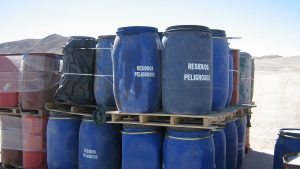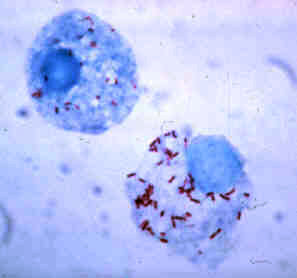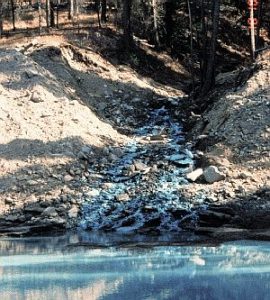 Direct Environmental Impact Study
Direct Environmental Impact Study
We examined hazardous chemical waste patterns in barrel seepage utilizing both risk and health impact assessment tools. Using proportional mortality data and Poisson regression models we estimated cancer incidence, cancer mortality, and lethality rate in the catchment area population. We provided our client with comparison of our findings juxtaposed to the compliance standards of the Toxic Substance & Hazardous & Nuclear Waste Control Act of 1990.

Vector Ecology
Commonly known as the “dog tick”, Dermacentor variabilis can be a vibrant reservoir for the pathogen transmission of Rickettsia rickettsi, the bacterium responsible for Rocky Mountain Spotted Fever. We executed a sampling method of white-flannel flagging for identifying, by external morphology, the presence of Dermacentor variabilis ticks. We developed multiple grid arrays, including a variety of ground cover and shrub density environments and supplied our collated data results to State health officials.

Trail Development
Our Firm coordinated with multiple funding sources to concept design and develop research for a multi-mode specific trail system in Southeastern Indiana. We conducted, collated, analyzed and delivered data in both original graphic narrative form supporting the outcomes, benchmarks, and sustainability required for revenue source. We coordinated results with several local and state government agencies including ORCA, DNR, INDOT providing additional data outlining potential integration and connection within a recreational network of both existing and proposed trails. We worked closely in tandem with the Indiana legislators and their representatives.

Indirect Impact Environmental Assessment Study
Waterways contaminated with increasing levels of toxic constituents ultimately invade agricultural soils. Irrigated with acidic mine drainage (AMD) water, farmlands in adjacent areas use water that results in acidification and heavy-metal accumulation in the soil, which in turn threatens human health through the food chain. We examined source collected data for projections of concentrations of Cu, Zn, Pb, and Cd bound to soil and in edible portions of some common crops.
 Low Visibility Ferrous Recovery
Low Visibility Ferrous Recovery
In the late 19th and early 20th Century, the International Ocean Telegraphic Company (ITOC) originally placed a communications cable that spanned several points in the Atlantic Ocean.
Sections of that cable, specifically the Punta Rossa Cable’s recovery was required for a future Smithsonian Exhibition. Along with two other marine biologists, we operated the pulsed, ferrous locating equipment at depth over the ocean floor to map the location and the burial composition of the cable and retrieve samples.
